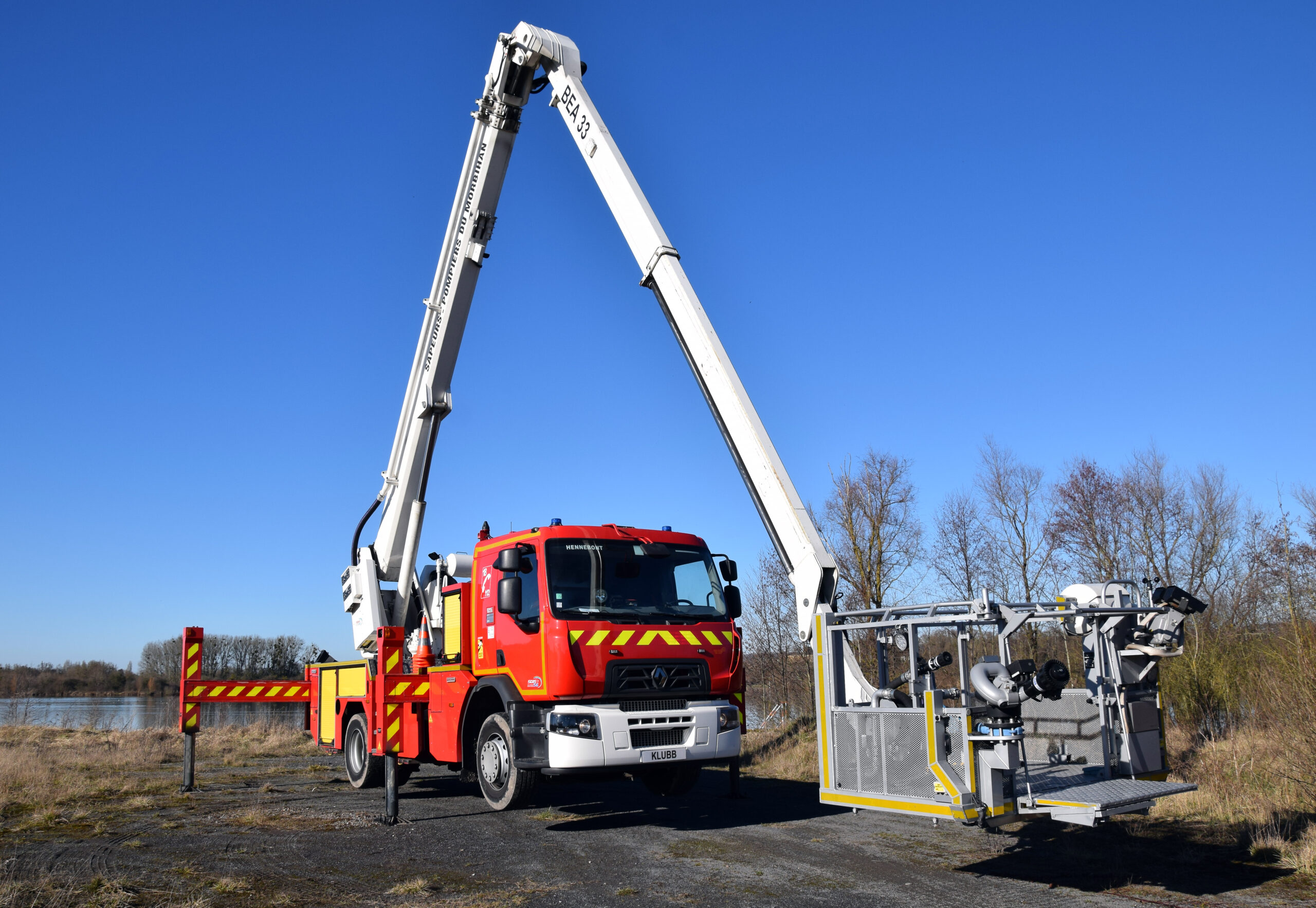When it comes to fire trucks, it is important to underline the importance of the different types of maintenance available. And those without talking about their impact on future fire and rescue operations.
At EGI Klubb Group, our values and our deep interest is helping you saving lives we can therefore only encourage you to carry out the servicing and those to keep your work equipment always operational
This article therefore aims to outline the various revisions that exist to ensure the continued operation of your rescue vehicles.
The importance of preventive maintenance
It is and always will be good to remind you that the preventive maintenance of your emergency vehicles contributes to ensuring their operational availability during the accomplishment of a mission.
This is a revision that we strongly recommend, but which should be distinguished from maintenance operations, which are nothing more or less than corrective phases aimed at restoring your vehicles to working order throughout their life.
The preventive maintenance checklist includes items such as:
- Maintenance of hydraulic components
- Checking the stabilisation
- Checking the electrical wiring harnesses
- Checking the safety devices
Note: We do not consider it necessary to define the availability of your emergency vehicles as a primary objective. Preventive maintenance and regular servicing are only there to meet a performance factor during an intervention.
Types of maintenance for your fire engines
- Retrofitting
Rescue operations do not only involve the appropriate vehicles but also the software that allows the responders to act and communicate efficiently in the emergency. Retrofitting improves the compatibility and functionality of the software used to support the response.
- Ten-yearly revision
As the name suggests, the ten-yearly overhaul is carried out every 10 years. Its purpose is to replace all of the fire engine’s safety components and parts that have become worn over time.
- Annual revision
The annual inspection is intended to check whether the rescue vehicle is still operational in general. During this inspection, the regulatory signalling and the connection between the chassis and the subframe of the aerial platform are checked.
- Corrective maintenance
The fact that your rescue vehicles are used regularly makes them more vulnerable to a breakdown or deep wear of a part. Corrective maintenance is a one-off maintenance that will allow you to refurbish or replace parts that have become worn.


